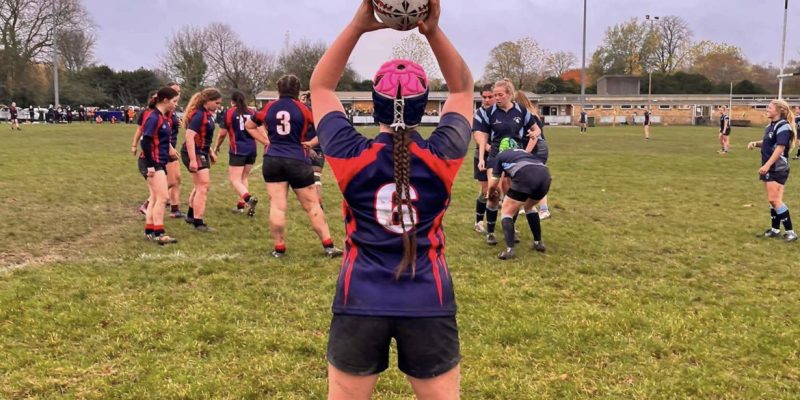November is National Epilepsy Awareness Month (NEAS) and those who live with the condition are telling their stories of epilepsy and exercise and inspiring so many.
Not only having to face the physical demands of their sport, but also the silent opponent which affects around 50 million people globally, these athletes shine a light on their experiences.
Epilepsy is a neurological condition which causes seizures and can disrupt sufferers’ day to day lives, particularly physical activity.
At 14, Grace Allibone, from Charminster, Bournemouth, received an epilepsy diagnosis but has played rugby union ever since.
Now a student at the University of Portsmouth, she said: “After my diagnosis I struggled to try and understand it all and find my feet but I’m who I am today because of it.
“Rugby has been my saving grace and the thing that’s kept me going… I definitely don’t find that epilepsy has made my sport harder. It doesn’t limit me because I don’t let it.
“Epilepsy doesn’t have to be a defining factor in your life. I see it going hand in hand with sport.”
Sarah Collard is a senior psychology lecturer at Bournemouth University who also has epilepsy. She is among those pushing the outlook that exercise actually has a positive impact on the condition.
Ms Collard said: “[Exercise] is beneficial with helping control and reduce seizures. It can help counter medication side effects like weight gain and mood swings so these are things I’d really like to publicise.
“I’ve found it hard to find a running team who will take me on with my condition. I would really urge coaches to overcome that hesitation.”
One coach who isn’t opposed to training an athlete with epilepsy is Tom Davis at Grace’s rugby club, Havant.
He said: “Grace is no different to the other women on the team. She wears a scrum cap to minimise danger but other than that she takes it like a champ. It never holds her back.
“People with the condition sometimes decide to withdraw from sport through fear.”
NEAS along with these three individuals are helping disprove that narrative, and advocating that epilepsy and exercise are compatible.


 Bournemouth students protest for ceasefire in Gaza
Bournemouth students protest for ceasefire in Gaza